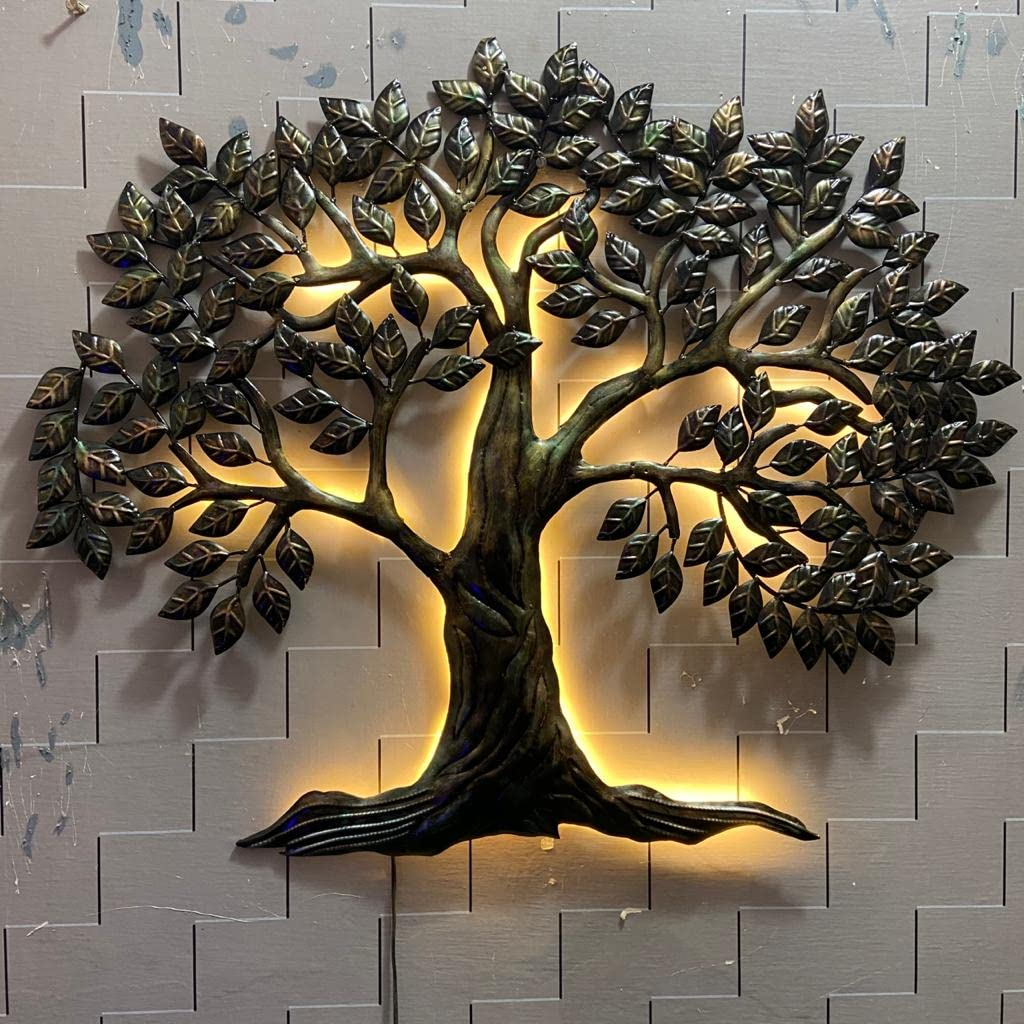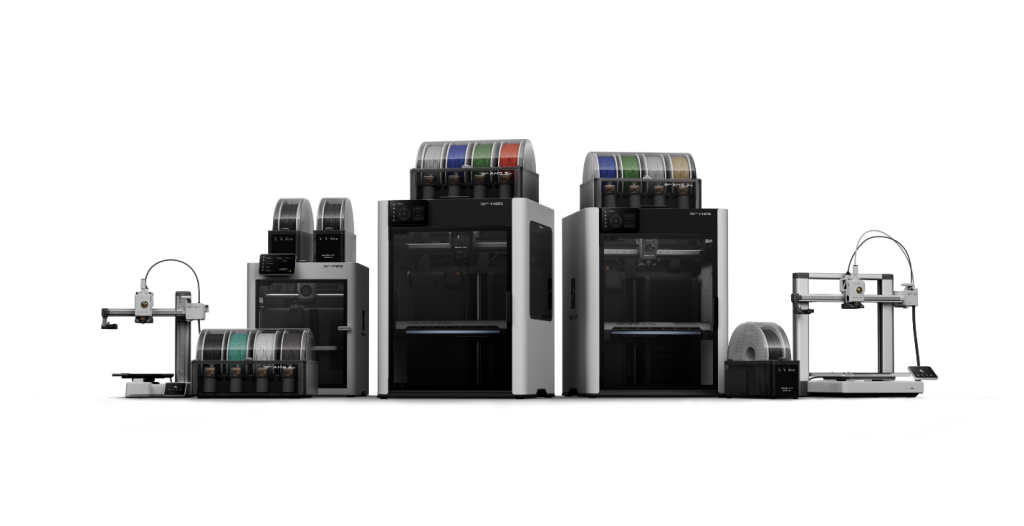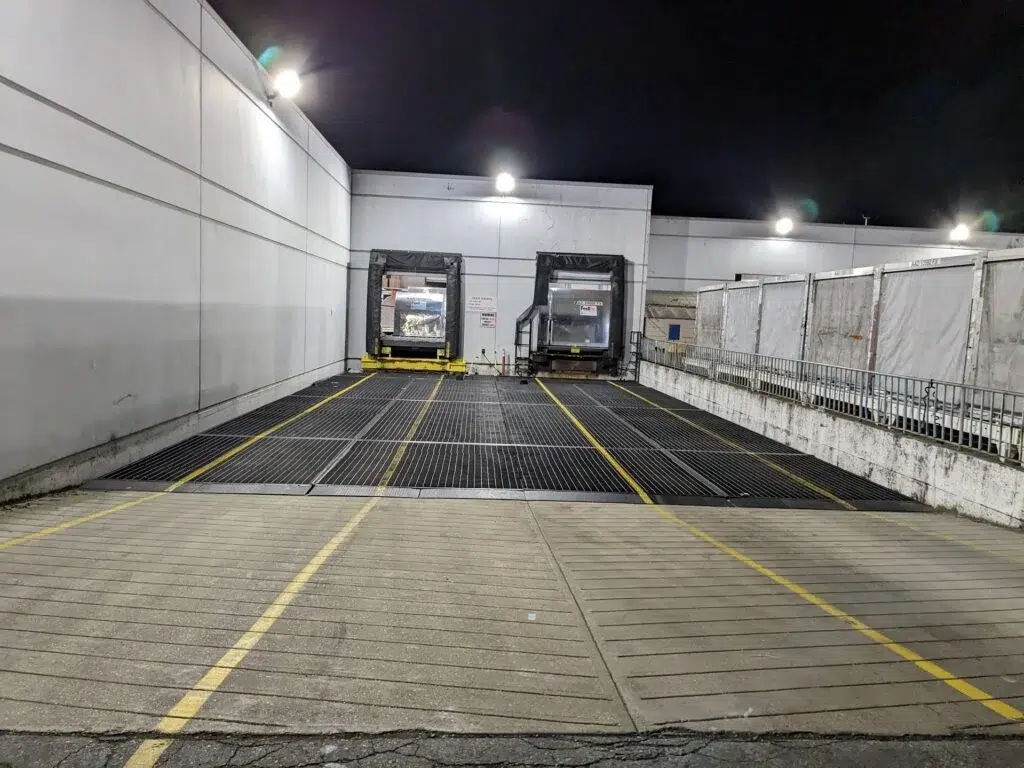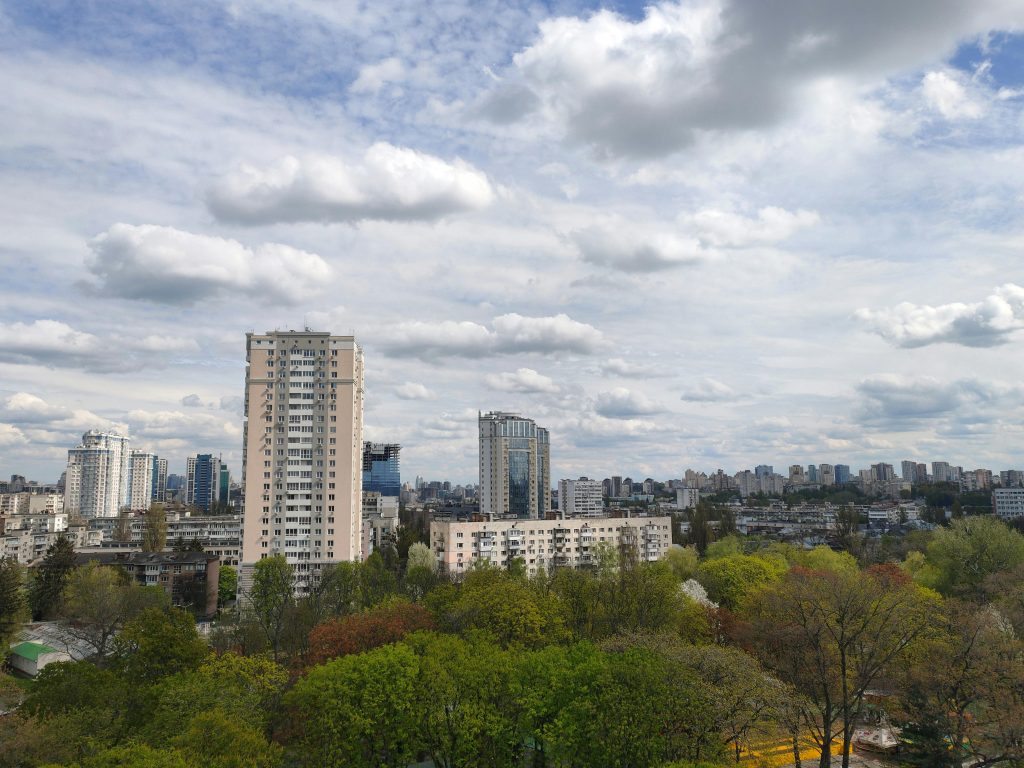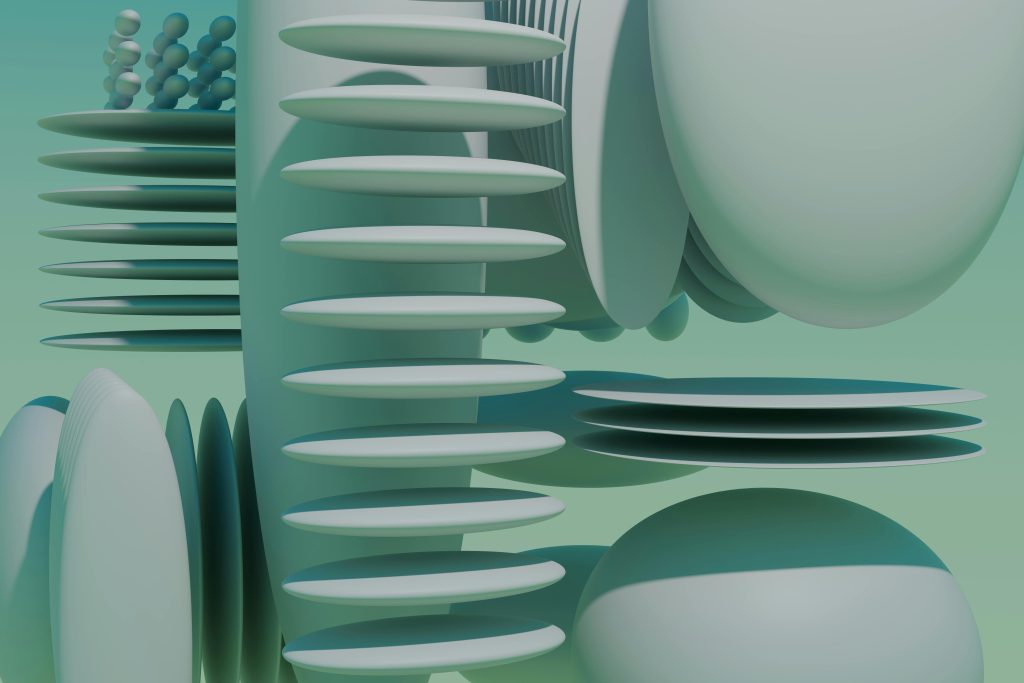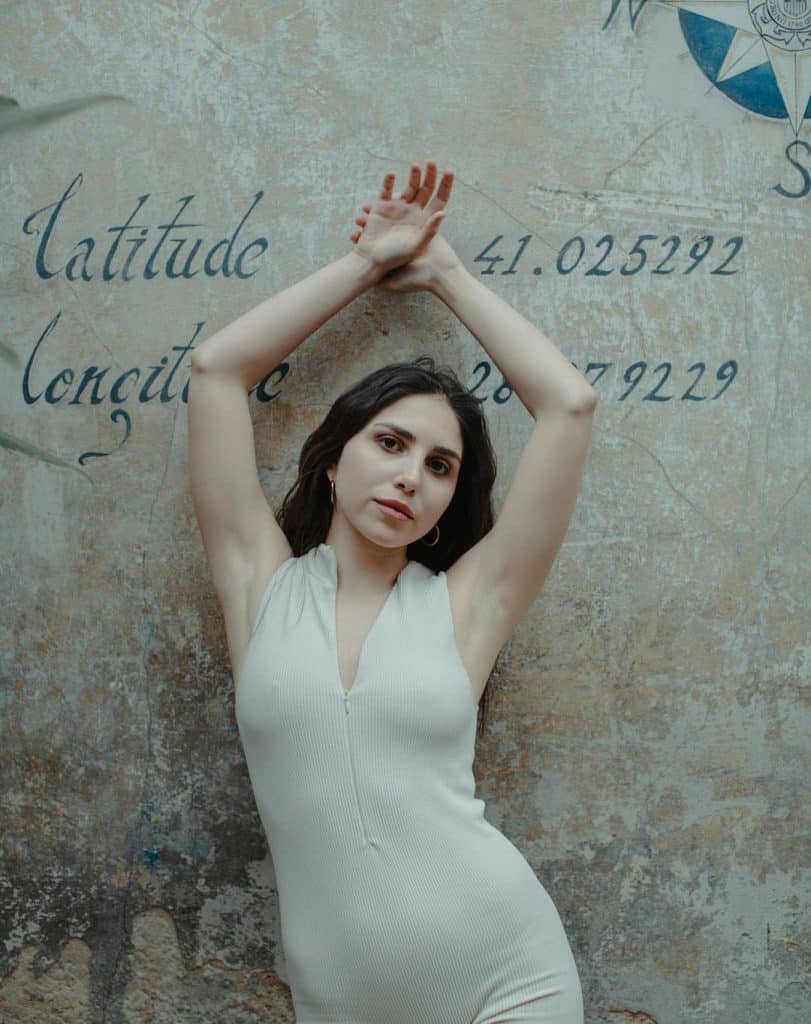In today’s world of mass-produced decor and uninspired design, homeowners are seeking new ways to add richness to their spaces without adding clutter. Metal sculptures have emerged as a powerful design option, offering both visual impact and structural elegance.
These works go beyond decoration. They shape how a room feels, define its focus, and add layered meaning through craftsmanship and materiality.
Modern interior design often relies on restraint, so metal sculptures provide an effective counterpoint, introducing contrast, reflection, and texture. As design trends lean into minimalism and architectural minutia, this form of art is helping interiors feel more considered, grounded, luxurious – and even inspiring.
Sculptures Create Texture and Visual Weight
One of the most striking effects of incorporating metal sculptures into a space is the way they introduce tactile contrast. Sleek furniture, flat-painted walls, and soft textiles often dominate interiors. A well-placed sculpture cuts through this uniformity. Whether brushed, burnished, or polished, metal carries a natural sheen that reflects and absorbs light differently than most other surfaces.
The texture of a sculpture, whether rough-forged iron or smoothly curved aluminum, adds weight to a room without overwhelming it. Rather than filling space, it defines it. The presence of a single sculptural piece can draw the eye across a space, pulling together surrounding design choices into a more unified composition. Even smaller pieces can provide needed visual tension when paired with neutral palettes or straight-edged architecture.
To get the balance right, many homeowners seek guidance from custom sculpture designers and artisans like those at creativemetalmd.com, who craft pieces that feel creatively intentional from every angle. These specialists understand how to scale, shape, and finish metal to reflect the character of the space it occupies. The result is not just a decorative object, but a sculptural focal point that enhances the room’s overall depth and aesthetic.
Versatility Across Design Styles and Spaces
Metal sculptures adapt well to various interior design styles. In a modern industrial loft, they echo and enhance design approaches such as exposed steel beams and concrete floors. In a warm, organic Scandinavian-style living room, they offer precision and contrast next to natural wood and woven materials. Even in transitional or eclectic spaces, the right sculpture bridges traditional form and modern execution.
This adaptability stems from metal’s fundamental qualities. It can be formed into rigid geometry, reflect fluid movement, or convey abstract emotion. Designers can use sculptures to reflect the shape language already in a space or to introduce intentional tension.
Floor-standing pieces near stairwells, wall-mounted forms above fireplaces, and tabletop designs in quiet corners all have different roles, yet all contribute to the overall sophistication of a space.
Smaller apartments also benefit. A compact room does not limit the ability to use sculpture. Instead, it encourages precision. A single, thoughtful piece beside a reading chair or tucked near a window brings a room alive without overwhelming it.
Metal Works Interact With Light and Shadow
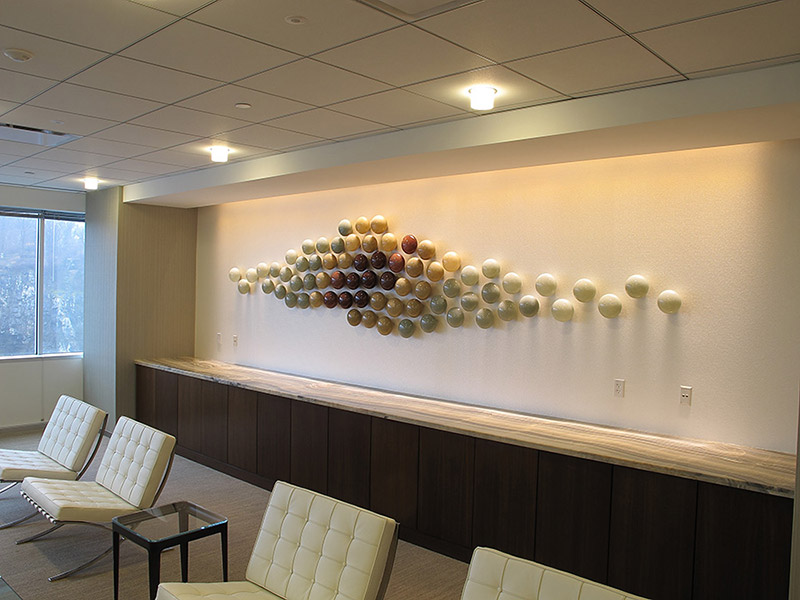
Light plays a central role in shaping how a room feels. Metal sculptures respond to light in ways that few materials can, offering ever-changing visual effects that make a space feel dynamic and alive.
Sculptures That Cast Dynamic Shadows
Sculptures with cutouts or layered frames create shadows that stretch and shift throughout the day. These shadows evolve with light, offering subtle motion and quiet energy across surfaces. They add dimension to a room without increasing visual clutter or breaking minimalism.
Reflective Metals and Ambient Light Play
Polished surfaces like chrome or bronze reflect light across walls, ceilings, and floors. These reflections change tone as natural or artificial light moves throughout the day. The result is a soft visual rhythm that transforms surrounding textures and colors.
How Placement Enhances Shadow Play
Where a sculpture sits affects both its visibility and its shadow impact. Placed near windows or beneath focused lighting, it gains depth and contrast. Corners, entryways, and blank walls become more intentional with shadow interaction.
Elevating Focal Points and Anchoring Minimalist Spaces
Minimalist interiors walk a fine line. Done well, they feel serene and intentional. Done poorly, they feel empty. Metal sculptures solve this tension by offering a clear visual anchor without ignoring the principles of minimalism.
A sculpture in a hallway adds purpose to transition areas. A striking piece on a console table grounds a room’s centerline. When used sparingly, these artworks reinforce the logic behind every design choice. They tell guests and homeowners alike: this space has been curated, not just filled.
Even homes that avoid traditional art altogether often make room for sculpture. Many pieces are less intrusive, more architecturally aligned, and often more subtle. Instead of placing a canvas on a wall, some opt for a standing sculpture that guides the flow of a room or greets you near the entryway. These choices reflect modern sensibilities – favoring form and space over noise and excess.
Blending Artistic Impact With Functional Design
While sculpture is inherently aesthetic, it can also serve functional design purposes. Sculptural coat stands, room dividers, lighting fixtures, and shelving blur the line between art and utility. These pieces earn their place by offering more than beauty. They support daily life while enhancing style.
Interior designers often refer to this blend as form meeting function. It’s not new, but metal makes it feel fresh. The strength of the material means these dual-purpose pieces are not only beautiful, but also built to last. That longevity adds value in an age when many furnishings are, by nature, temporary.
At the same time, these pieces retain their artistic identity. A lamp that resembles a sculpture or a decorative frame that holds books still reads as expressive. It’s this balance – where utility supports artistry – that defines the best modern interiors. The home becomes not just a place to live, but a gallery of experiences.
The Lasting Impact of Metal in Interiors
Metal sculptures are not simply decor. They are expressions of thoughtful living, rooted in craftsmanship, material value, and architectural harmony. When placed with intention, they shape interiors in ways flat artwork cannot. They cast shadows, reflect motion, and offer quiet presence. They don’t demand attention, but reward those who notice.
Modern interior design craves objects with weight, not in mass but in meaning. Metal sculptures deliver just that. In homes that embrace them, there is always something grounded yet fluid, present yet evolving.


